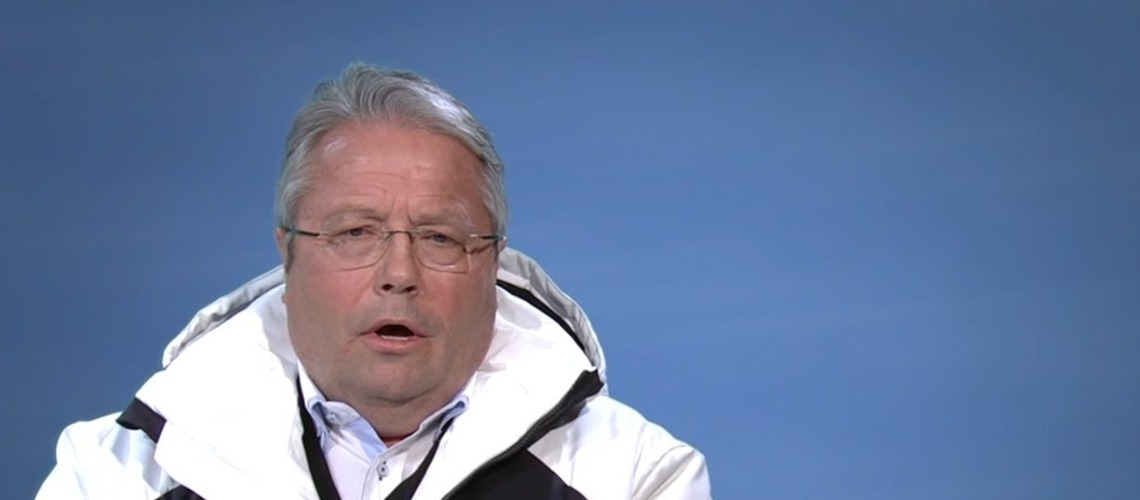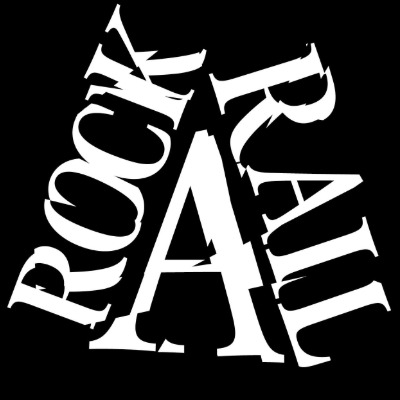Austria’s Horl Says Lift Co’s Remain Reliable Sources Of Added Value Even In Economically Tense Times

Current data from the MANOVA institute demonstrate the high economic impact of the cable car industry on regional value creation. “Cable cars and alpine tourism are and remain stable economic and job factors in many parts of our country and therefore not only ensure the quality of life locally, but are often also the basis of existence for other industries,” said the chairman of the Austrian Cable Car Association (WKÖ). , Franz Hörl. Overall, guests at the Austrian cable cars generated a turnover of 12.6 billion euros in the last winter season, a large part of which (10.1 billion euros) came from overnight guests. Around half of sales come from living and dining, 3.7 billion euros from skiing, 1.8 billion euros from mobility and one billion euros from additional expenses.
On average, a guest spent 263.80 euros per day of vacation in the 2022/23 season - most of it on accommodation (89.60 euros), followed by spending on the cable car (44 euros) and mobility (38.30 euros). , gastronomy (36.80 euros), sports retail (28.40 euros), other retail (15.30 euros), ski schools (6.20 euros) and for other leisure activities (5.10 euros).
Turn 1 into 7.1: Cable cars as a value creation multiplier in Alpine regions
The total added value of domestic cable cars last winter was around 1.2 billion euros, which contributed to a further 5.5 billion euros in added value in other sectors. The “cable car multiplier” is currently 7.1. This means that 1,000 euros net in wages, salaries, profits and depreciation for the cable cars turns into an average of 7,100 euros, which is capitalized in added value in the respective region.
The cable cars also represent a reliable constant as employers, with the ever-increasing proportion of year-round jobs making them even more attractive. In the 2022/23 winter season there were 17,100 cable car employees, 7,650 of whom had year-round employment. “This development also makes a significant contribution to further improving the income situation and job security for people in rural areas and thus also increasing the quality of life,” says Hörl. In addition, a multiplier effect is created here in the direction of other industries. In directly benefiting sectors and suppliers, 110,800 job equivalents are created that can be directly attributed to the activities of the cable cars - most of them in the accommodation sector (44,800), followed by the catering industry (26,000) and the sports retail sector (10,700).
Jobs in the cable car industry are attractive and popular
The great popularity of jobs in the cable car industry is also confirmed by the trade association's most recent employee survey. For example, the recommendation rate increased from 66 to 74 percent within one year. The workplace in the mountains, the atmosphere in the teams and the varied work are particularly valued. According to the survey, almost 80 percent of employees would choose their current job again (2022: 74 percent). The connection (77 percent) with the respective company is also strong.
“In addition, the high satisfaction ratings among the youngest employees show that an apprenticeship at a cable car company is very attractive. “Due to the globally unique quality of training and the proximity of the most important manufacturers in the global cable car market, there are many individual development opportunities that open up national and international career paths,” says Hörl. This is confirmed in the satisfaction survey among the apprentices, as 80% of the young people want to work in their company for a long time.
“Overall, it once again shows that the cable cars are not only successful in their own right, but that their success also has an impact on many other areas of the economy and life in our Alpine regions. This effect has always been a particular concern for us cable car operators, as entrepreneurs who are mostly deeply rooted in their homeland,” emphasizes Hörl.














